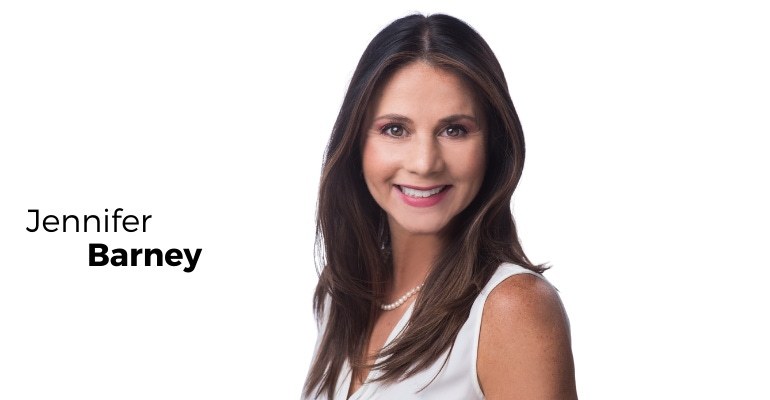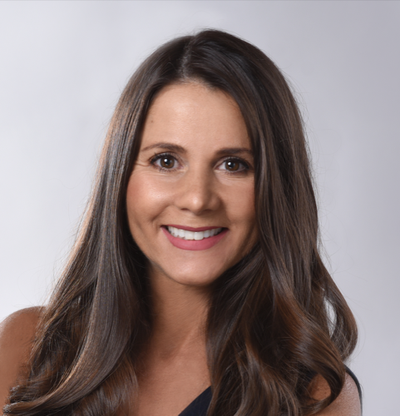Take these steps to unlock the obstacles that all natural products brands face and raise the funding you need to grow.

This is the second of two parts of an IdeaXchange column by Jennifer Barney. The first, "How to position yourself to get the investment you need," can be found here.
The growth phase is between product/market fit and maturity: It starts when a business is scaling and can last through acquisition. Are you struggling to close on growth phase funding?
You can’t fund the growth phase until you prove product/market fit. You think you can’t reach product/market fit without funding. So you look for investors to fund your growth phase but no one is biting.
This is because you are not actually in your growth phase.
A common stumbling block I find when talking to brands about their fundraising woes is that investors are seeking more validation from brands before they will commit the funds. This means the brand has not yet completed the startup phase, but the investor is already looking for growth.
Pressure to grow before you’re ready is a death knell for most brands. Skipping steps in product/market fit is the risk investors inadvertently put brands under when they ask for certain topline numbers.
Funding the startup phase
If you already have startup funding, yet you're still seeking funds and having trouble, you need additional startup funding. (I think you’ll agree after you finish reading this.) Needing more capital until you’ve achieved product/market fit is what will secure growth stage funding.
The key metrics for product/market fit are growth rate and retention. These are independent metrics, but what matters is the relationship between the two: sales growth through repeat sales orders, and proven sell-through in same-store sales. (You are familiar with this metric in D2C, which is the customer retention metric—the percentage of customers who make repeat purchases).
I get it: You don’t have funds to achieve these metrics. Think small. Validate product/market fit in a local chain; it counts. You are showing investors that this is what can be achieved and you'll replicate this on a larger scale with funding.
Show the data. Once you’ve proved product/market fit, you’ll be ready for growth-stage funding.
Proving omnichannel
Investors are asking that brands be omnichannel before they’ll invest. For most of you in the D2C channel, that means entering retail. Here's how to enter retail on a small budget and with the least amount of risk.
Investors are looking to invest in food brands that have established success in omnichannel because it allows for wider audience reach, higher revenue growth and a more stable revenue stream.
In my previous column, I talked about proving out product/market fit on a small scale and through retention metrics. I want to stress how important small is and keeping your reach geographically contained when you are first starting in retail.
If you go big and wide in retail what could go wrong? Let me count the ways:
Once in, you’re locked for six to 12 months and if you didn’t get something right (or the retailer screwed up) with the pricing, promo, merchandized location—any number of things, you are stuck.
The buyer is suddenly MIA because you’re small and not their priority.
You have to hire merchandisers to ensure your products are stocked and to tell you what is going on at store level because you don’t have data or the data is unreliable. You didn’t budget for this.
Your broker said they’d do the above but they aren’t.
You change something about your formula to make it better and you can’t get the product switched out.
Product is getting close to its date code and you want to do a fire sale, but you can’t get the promo scheduled. As a result, you’re forced to buy it back and cover all the associated costs.
When you keep things small you can do a lot yourself, and pivot quickly when things aren’t working—especially when you’ve established a relationship with your buyers and store staff.
Once you have good same-store sales data to show investors, you’ll be in a better position to close the deal. With more funds you’ll be ready to:
Bring in seasoned sales help to execute your go-to-market strategy, which is in writing and vetted by an industry mentor.
Deploy your budgeted spend plan—after you've received advice to know how much.
Direct your growing audience to new stores to ensure the product moves off the shelf beginning Day 1.
Word on the street is that venture capitalists have pulled back on deploying new funds to startups. Relative to the past few years, this is true. But there are different kinds of investors and different kinds of deals. You need to know that deals are being made all the time. Your chances of closing a deal get better the closer you are to nailing your market potential, product/market fit and omnichannel performance.
Have some big ideas or thoughts to share related to the natural products industry? We’d love to hear and publish your opinions in the newhope.com IdeaXchange. Check out our submission guidelines.
Read more about:
IdeaXchangeAbout the Author(s)
You May Also Like




